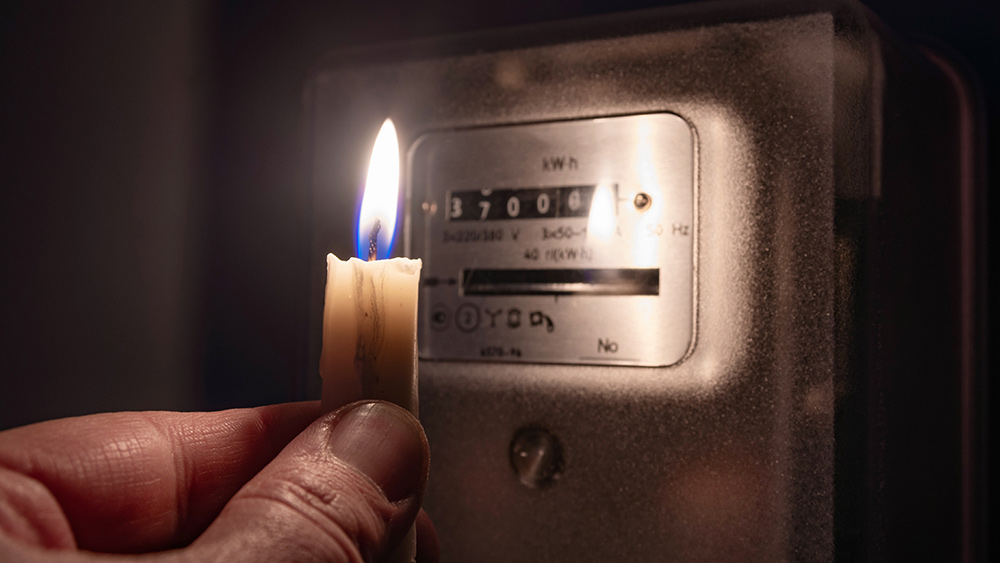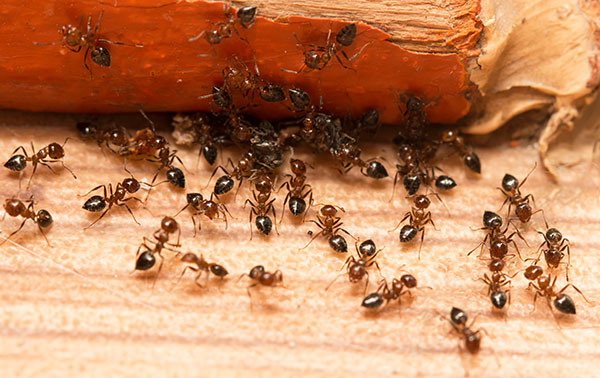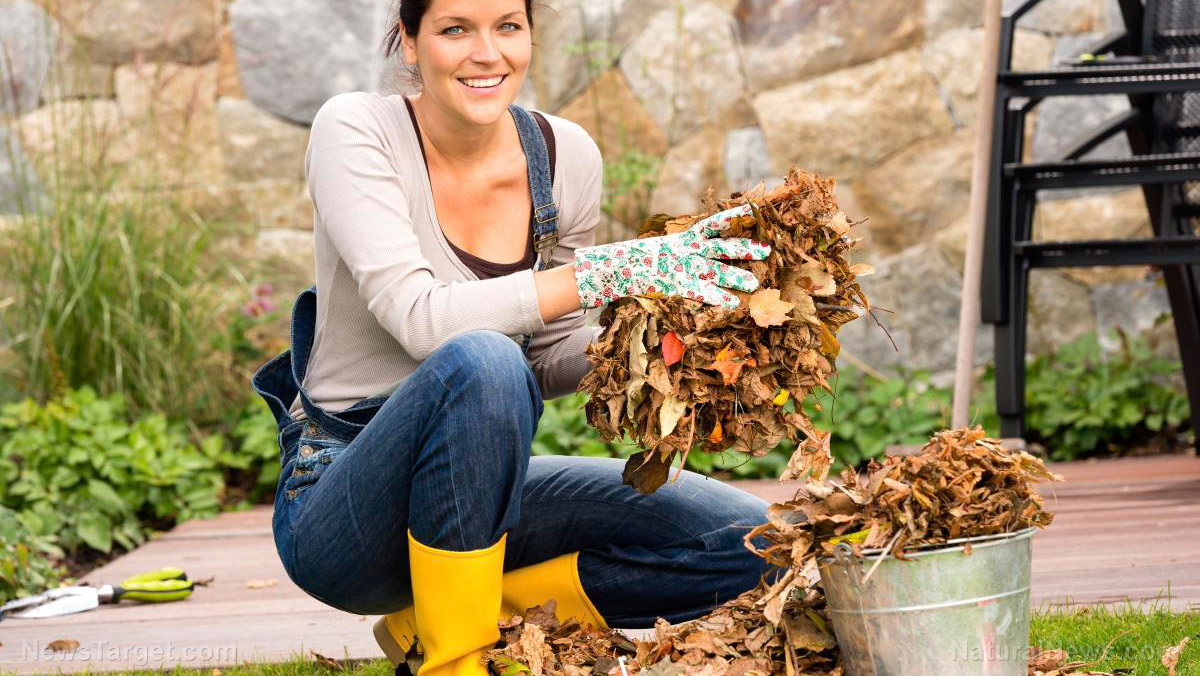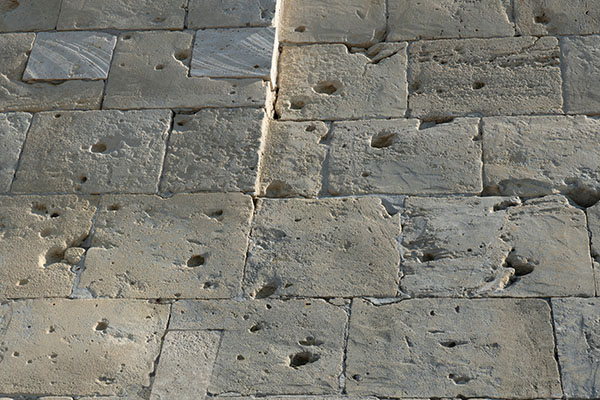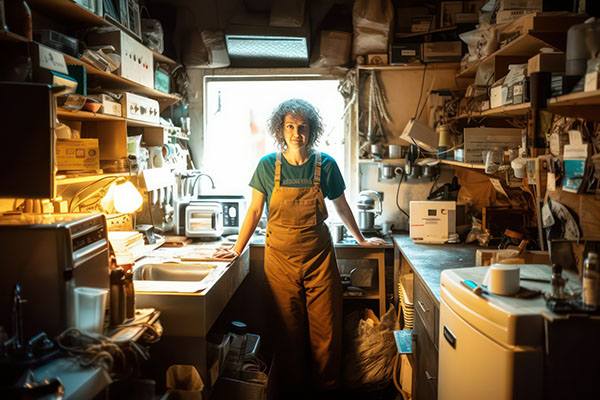DIY cleaning tips: 8 Surfaces to avoid if you’re cleaning with vinegar
07/17/2023 / By Zoey Sky
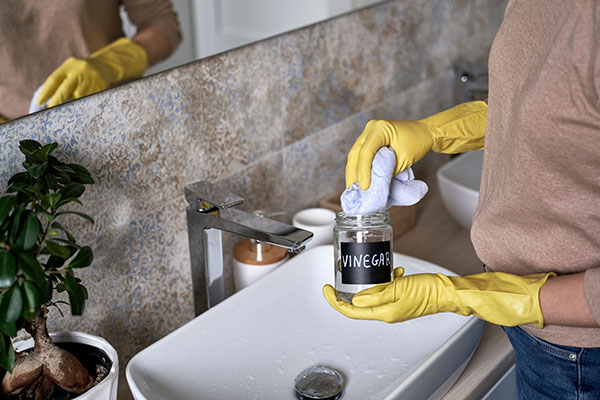
If you prefer natural DIY cleaning products, try using a non-toxic ingredient like vinegar to clean your home.
However, keep in mind that vinegar can damage certain surfaces because it is acidic. To prevent any damage, avoid using vinegar cleaning solutions on the following surfaces and items. (h/t to TheEpochTimes.com)
Carpets
While some DIY tips recommend using vinegar for pet stains, it is not as effective as specialized enzymatic carpet cleaners.
Vinegar may temporarily mask the odor, but it is not enough to address the underlying cause. It’s better to use a carpet cleaner designed specifically for pet stains since these products contain enzymes that help get rid of nasty odors. The enzymes eliminate the cause of the odor through a process known as oxidation.
Note: When you are using vinegar to clean your house, never add it to chlorine bleach. The mixture will create a harmful gas that could harm your health.
Chalk- or milk-painted furniture
Avoid using a vinegar cleaning solution on furniture with chalk or milk paint, regardless if it’s waxed or not.
Instead, try a gentle cleaning solution and use a slightly damp microfiber cloth.
Grout
Do not use a vinegar cleaning solution on unsealed, poorly sealed or in-need-of-resealing grout.
Vinegar will penetrate into grout pores, weakening the material. This can lead to deterioration over time, which can cause etching or wearing.
If you regularly seal your grout, you can use vinegar to clean it. Check grout annually to see if it needs resealing and use a recommended tile cleaner.
Hardwood floors
Even plain white vinegar with only five percent acidity contains enough acid to dull or harm the finish of hardwood floors.
Giving hardwood floors a shiny appearance can be a difficult task, and cleaning with a vinegar solution over time can ruin that beautiful shine.
While you may not notice any problem after the first few cleanings, the damage is cumulative and will worsen as time goes by.
No-wax flooring, like linoleum and vinyl
Since vinegar is acidic, it can strip away the shine and luster of no-wax floors. When cleaning these types of flooring, choose a sudsy cleaner and avoid vinegar cleaning solutions.
To clean a no-wax vinyl or linoleum floor, use a sponge mop, warm water and a bit of gentle dishwashing detergent for a deeper clean. Rinse the floor well to remove any suds.
Do not use other kinds of liquid floor cleaners that may cause waxy buildup over time.
Screens and eyeglasses
While a vinegar cleaning solution is great for streak-free windows and mirrors, it is not advisable to use vinegar for cleaning electronic screens, like your phone or eyeglasses.
Because vinegar is acidic, it can damage or remove protective coatings and the anti-glare features of your device. Use proper screen and eyeglass cleaners instead.
Stone surfaces
Stone surface countertops, like granite or marble, can become etched and damaged if you keep using a vinegar cleaning solution.
Instead, check with your stone supplier for tips on the best cleaners to use on your countertops. Sometimes, you can just use a gentle dishwashing detergent with water and a soft cloth to keep your stone countertops looking shiny.
You can also get a dedicated stone cleaner instead.
Wood furniture, paneling and cabinets
Vinegar can harm the finish of wood furniture that is painted, stained or waxed. A vinegar cleaning solution can also leave the surface looking dull and cloudy.
If you choose to use vinegar on finished or waxed wood furniture, be aware of the risks involved and only use it occasionally.
How to clean with vinegar
Vinegar is a natural cleaner that effectively cuts through mildew, bacteria and grime. It’s also safe to use on most household surfaces.
Now that you know which surfaces to avoid cleaning with vinegar, here are some tips on how to use a vinegar-cleaning solution around your home:
Air freshener
Skip the chemicals in store-bought air fresheners and make a natural DIY air freshener at home.
Add half a teaspoon of vinegar to a four-ounce spray bottle, then fill it with distilled water. Add several drops of your favorite essential oil.
Shake the bottle well before spraying.
All-purpose cleaner
To make an all-purpose cleaner using vinegar, mix one cup of vinegar, four cups of hot water, five drops of liquid dish soap, 10 drops of tea tree oil and two teaspoons of borax.
Add 10 drops of your favorite essential oil if preferred.
Cutting boards
Use white vinegar to clean cutting boards, especially those you use for chopping meat or fish.
Spray the surface with straight vinegar, then rinse thoroughly with water to clean.
Disinfectant
Use a 50-50 vinegar-water mixture to wipe down doorknobs, faucet handles and more when the cold and flu season hits to clean them.
Drain
Pour vinegar onto a scrub brush that is small enough to clean inside the disposal. Sprinkle the brush with some baking soda, then scrub to remove odors and any built-up grime.
Fabric softener
Use vinegar instead of fabric softeners when doing the laundry.
Vinegar will help soften clothes and remove the static at a fraction of the cost of store-bought fabric softeners. Just add a cup to the final wash or rinse water in the washing machine.
Glass
Use a 50-50 vinegar-water solution to make glass tables or cabinet doors sparkle.
Mattress disinfectant
Mix distilled white vinegar, a bit of rubbing alcohol and some tea tree oil in a spray bottle.
Shake well and lightly spritz the mixture on your mattress to help with dust mites, mildew and general odors.
For a deeper clean, sprinkle a dusting of baking soda. Let the baking soda dry, then vacuum the mattress surface thoroughly.
Refrigerator
Avoid using toxic chemicals to clean your refrigerator because this is where you store your food.
Instead, try distilled white vinegar to clean refrigerator surfaces. Use a cloth dampened with a vinegar cleaning solution of equal parts vinegar and water to wipe up spills. (Related: Natural and effective cleaning supplies you can use to safely disinfect your home.)
Shower
To clean your shower with vinegar, first bring vinegar to a boil.
Carefully use the warm vinegar to wipe down the shower door and walls. Keep the surfaces damp by wiping them down every five to eight minutes for at least 30 minutes.
Next, dampen a non-scratch sponge with vinegar, sprinkle with baking soda and scrub. Rinse the mixture to wash away germs, mold, water spots and soap scum.
Stained plastic containers
Coat plastic containers stained with sauces and other liquids in vinegar. Set the container aside and let the vinegar sit for a few minutes, then wash as usual.
Toilet
You can also use the powerful duo of vinegar and baking soda to clean the bathroom.
To clean a toilet, pour a cup of vinegar into the bowl. Let it sit overnight. For tough stains, empty the toilet water first before pouring the vinegar.
The next day, sprinkle the toilet with baking soda or borax powder. Scrub thoroughly, then flush.
Tub or sink drain
To clean the area around your bathroom drain, pour half a cup of distilled white vinegar around the closed drain. Let it sit for a couple of hours.
Scrub the mixture to remove buildup. Drain, then rinse thoroughly.
Window cleaner
Mix one-fourth cup rubbing alcohol and one-third cup vinegar in a 32-ounce spray bottle, then fill with water.
Shake the bottle and lightly spritz the mixture on a lint-free cloth to clean windows.
When cleaning your house with vinegar, avoid hardwood floors and grout to avoid damaging those surfaces.
Watch the video below to know more about a non-toxic all-purpose cleaner that’s safe to use at home.
This video is from the Health Ranger Store channel on Brighteon.com.
More related stories:
Prepper essentials: The many survival uses of vinegar.
Recipes for DIY cleaning products that can help you clean better and save money.
Prepping 101: How to clean up your home after a flood.
Sources include:
Submit a correction >>
Tagged Under:
cleaning, DIY, green living, homesteading, natural ingredients, non-toxic ingredients, off grid, preparedness, prepper, prepping, recipes, survival, tips, Vinegar
This article may contain statements that reflect the opinion of the author
RECENT NEWS & ARTICLES
COPYRIGHT © 2017 PREPAREDNESS NEWS







